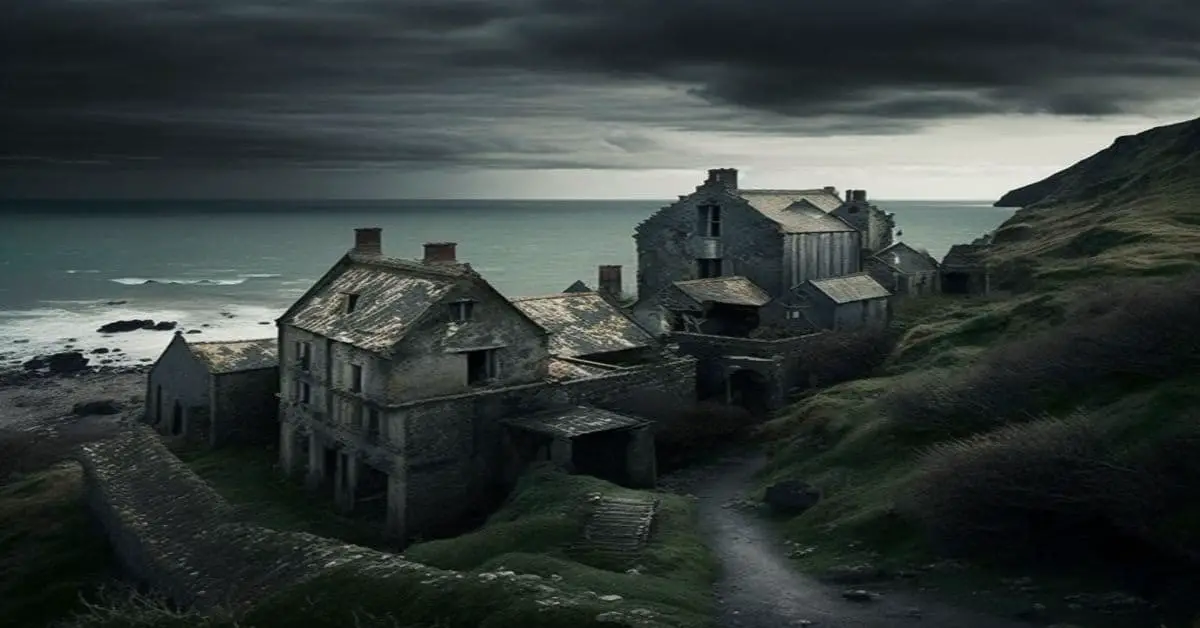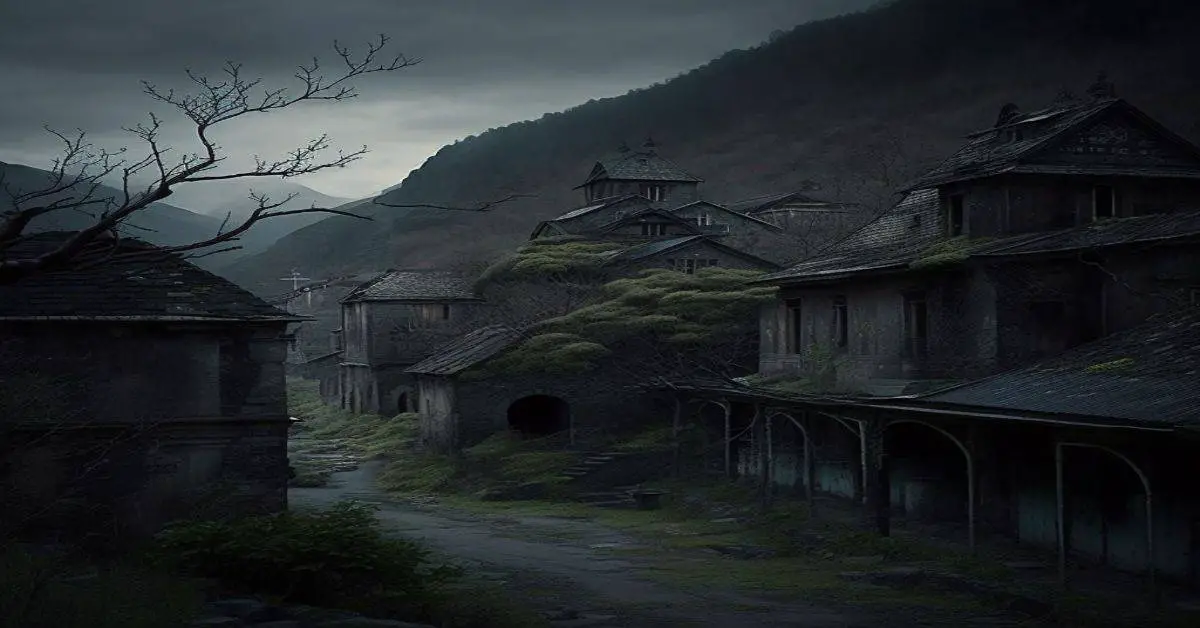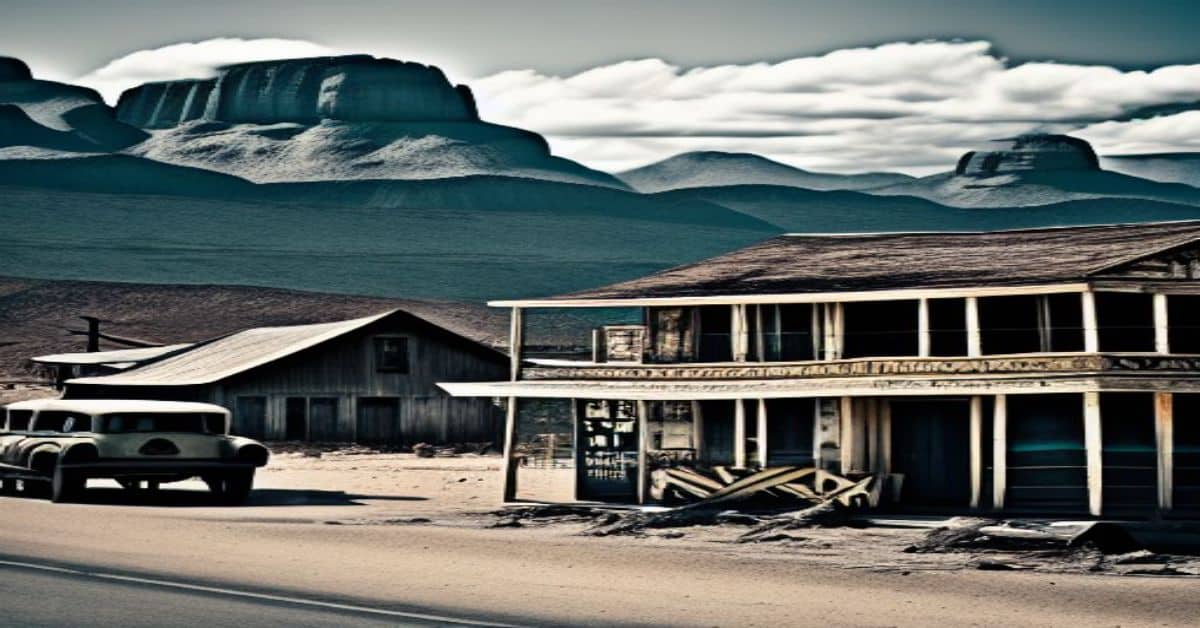Nestled on the edge of the Llano Estacado in New Mexico lies a ghost town many have forgotten. Its name is Kenna, and it once served as a thriving cattle shipping point in the state. However, as the homesteaders left due to drought, the town rapidly decreased in size and importance, and today, Kenna is but a shadow of its former self.
Despite its decline, Kenna remains a fascinating destination for history buffs and adventure seekers alike, as it offers a glimpse into the past and a chance to explore the remnants of a once-thriving town.
This article will delve into Kenna’s history, landmarks, and culture. We will explore the factors that led to its growth and decline and examine the buildings and landmarks that still stand as a testament to its past.
Additionally, we will delve into the people and culture of Kenna, examining its former residents’ way of life and the town’s impact on the surrounding area. Through this exploration, we aim to provide readers with a comprehensive understanding of Kenna and its historically and culturally significance.
Key Takeaways
- Kenna was established in 1884 as a cattle shipping point and railroad town on the Atchison, Topeka, and Santa Fe Railway.
- Kenna rapidly decreased in size and importance due to drought in the early 1900s, losing many homesteaders and residents.
- Today, Kenna is a ghost town with only a few remaining landmarks and buildings, including the Kenna Schoolhouse and community church.
- Kenna has a rich cultural history, including being the setting for the song ‘Home on the Range’ and producing songwriter and poet Wayne Crume.
Location and History
Kenna, a ghost town in New Mexico, was established in 1884 and originally called Urton. However, in 1906, the town’s name was changed to Kenna to honor E.D. Kenna, the railroad vice-president.
Kenna played a significant role in the cattle shipping industry and was one of the largest cattle shipping points in the state by 1909. It was a bustling railroad town on the Atchison, Topeka, and Santa Fe Railway, and had about 2,000 residents in its heyday.
However, around 1912, many homesteaders gave up their claims due to a drought, and Kenna began to decline in size and importance. Despite surviving the depression, the town lost all its young men to the military services during World War II.
As a result, the families moved away, and Kenna became a ghost town. Today, only a few remnants of the town, such as its store, drug store, service station, depot, stock yards, and houses, stand as a testament to its once-thriving past.
Landmarks and Buildings
One can still find remnants of historical infrastructure near Kenna’s former cattle shipping point and railroad town. Among these are Ed Denton’s store, John Denton’s drug store and station, and Ed Denton’s feed yards.
Papa Good’s residence, Stanley Good’s residence, and Will McCombs (now Sweetie Gainers) residence are also still standing. Moreover, John Denton’s residence and the depot building (converted to a home by Irene Denton) can be seen in the area.
The Kenna Schoolhouse, which is still standing, is another landmark that visitors can check out.
In addition to these structures, the community church built by Papa Good and the old school building are all that’s left in what used to be Urton. Kenna had three church houses, which were important social institutions in the town.
Although some of the buildings have fallen into disrepair, they serve as a testament to Kenna’s past and its role in the cattle industry. Visitors to the area can still appreciate the architectural styles of these buildings and imagine what life must have been like in this once-thriving town.
People and Culture
The culture and people of the former cattle shipping point and railroad town of Kenna, New Mexico, provide insight into the history of the town and its significance in the cattle industry. The Good family, who has lived in Kenna for generations, is one of the families that made a significant contribution to the town’s history. Most families in Kenna had a milk cow, and Ed Denton’s feed yard was full of cattle being fed for slaughter.
The hot summer weather was a constant in Kenna, and although snow sometimes fell in the winter, it was not enough to affect the town’s economy.
The local cuisine in Kenna reflected the town’s rural lifestyle. Generational traditions were passed down, including cooking techniques and recipes. Chuck Wagon, located just outside of Kenna, is a testament to the town’s culture. It serves traditional cowboy food, such as chicken fried steak, biscuits and gravy, and homemade pies. The cuisine reminds Kenna’s past as a cattle shipping point and railroad town, where hearty meals were necessary for the hardworking residents.
Frequently Asked Questions
What is the closest town or city to Kenna, NM?
Nearby towns and attractions to Kenna, NM are limited due to its remote location on the edge of the Llano Estacado. The closest city is Roswell, approximately 100 miles away. Accessibility and transportation to Kenna are limited.
Are there any ghost stories or legends associated with Kenna?
There is no evidence of ghostly sightings or local folklore associated with Kenna, NM. Despite its history as a ghost town, the area has no known legends or stories of supernatural activity.
How did the drought affect the residents of Kenna in the early 1900s?
The drought of the early 1900s significantly impacted the residents of Kenna, resulting in agriculture struggles and the relinquishment of homestead claims. Many families were forced to flee, leading to the town’s decline and eventual abandonment.
What was the main industry in Kenna besides cattle shipping?
Kenna’s main industry, besides cattle shipping, is not well documented. However, the town is located on the edge of the Llano Estacado, which has potential for oil drilling and mining, suggesting possible industries in the past.
Is there any effort to preserve or restore any of the remaining buildings in Kenna?
Preservation efforts for the remaining buildings in Kenna, NM have been limited. Despite the town’s historical significance as a former cattle shipping point and railroad town, there have been no notable restoration efforts to date.


